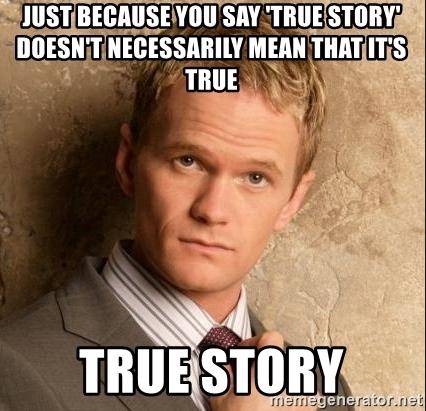Begging the Question - Definition and Examples
Contents
Definition
Begging the Question (literal translation from latin petitio principii) is a logical fallacy where the premise on which the conclusion is based, is already assumed to be true. This allows one to make an argument without sufficient evidence. The term begging the question is first credited to Aristotle as one of the thirteen fallacies listed in De Sophisticis Elenchis, the first work to address the subject of deductive reasoning.

One point of the Petitio Principii fallacy is that it will probably fool the person making the argument than the person they are trying to persuade. That’s because people want to beleive in something, not to prove it. This statement, for example is clearly Begging the Question:
The news is fake because so much of the news is fake.
Begging the Question is often miscited as a replacement for “raising the question.” For example, Dave is a skilled programmer who continues to be assigned mundane tasks, which begs the question, why doesn’t he find a new company. This should be phrased as “…which raises the question.”
A common Begging the Question fallacy example:
God is real because the bible says all scripture is given by inspiration of God.
This does not prove God exists. Conversely, God’s existence is not disproven simply because someone uses a logical fallacy to support their argument. That’s Fallacy Fallacy. Another aspect to pay attention here is “Burden of proof”.
Another Begging the Question example is from Sherlock movie:
Sherlock H: You have a limp, which your therapist believes is psychosomatic
John W: How do you know I have a therapist?
Sherlock H: You have a psychosomatic limp; of course you have a therapist.
Begging the Question vs Circular Reasoning Fallacy
The Circular Reasoning fallacy is often used interchangeably with Begging the Question.
The slight distinction is the number of terms used. Fallacy Begging the Question is:
premise A assumes A is true, so A is true.
With Circular Reasoning:
premise A proves B and B proves A.
Circular Reasoning
More details are in Circular Reasoning - Definition and Examples.
The simplest example would be to say A is true if B is true; B is true if A is true. A more common example is the Nigerian prince scam emails where the author writes
I, prince Mubadola of Nigeria, assure you this is my message, and it is legitimate. You can trust this email and any further emails you receive from me.
This can’t work, right? Only to the tune of $700,000 a year.
If one stops to think about circular reasoning it can become quite humorous. This is best highlighted in the iocane poison scene from the cult classic The Princess Bride where a battle of wits is put to the ultimate test. Villain Vizzini tells our hero to put the poison in one of two goblets of wine and he will deduce where the poison is. Then they will both drink.
Vizzini:
But it’s so simple. All I have to do is divine from what I know of you: are you the sort of man who would put the poison into his own goblet or his enemy’s? Now, a clever man would put the poison into his own goblet, because he would know that only a great fool would reach for what he was given. I am not a great fool, so I can clearly not choose the wine in front of you. But you must have known I was not a great fool, you would have counted on it, so I can clearly not choose the wine in front of me.
More info: